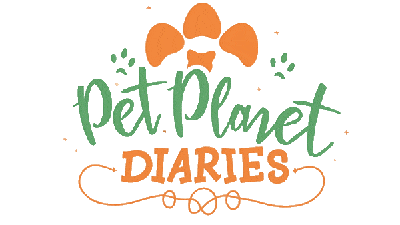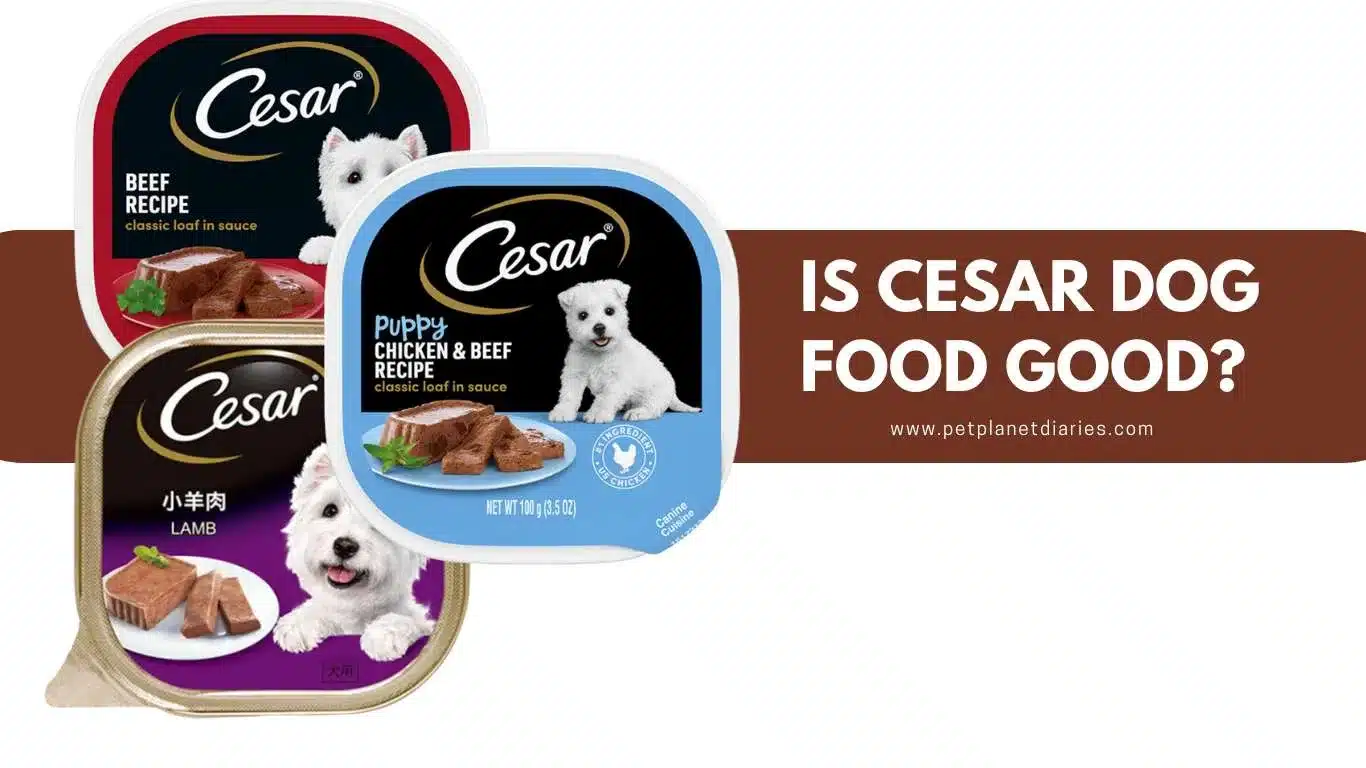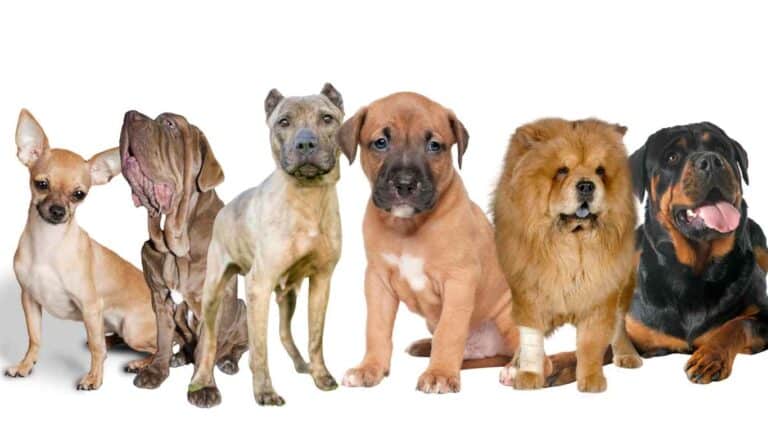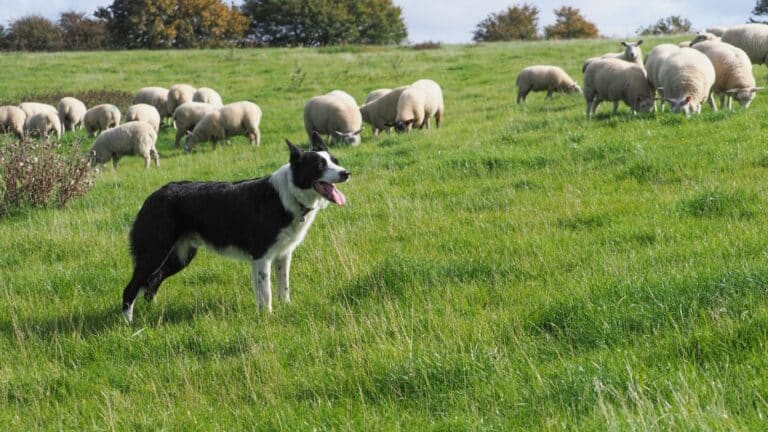Curious about the quality of Cesar dog food? Wondering, “Is Cesar dog food good?” With the recent introduction of their “Fresh Chef” line, it’s important to examine the truth behind the labeling claim of “Human Grade” ingredients. In this article, we’ll delve into the details to determine if Cesar dog food lives up to the standards it claims. Let’s take a closer look at the ingredients, manufacturing processes, and potential risks associated with Cesar dog food.
Paw-Some Insights:
What Does it Mean for a Pet Food to be “Human Grade”?
The term “Human Grade” has become increasingly prevalent in the pet food industry, but what does it really mean? When a pet food is labeled as “Human Grade,” it indicates that the ingredients used are fit for human consumption, and the manufacturing process meets human food standards. This distinction is important as it speaks to the quality and safety of the product.
According to regulations, for a pet food to be considered “Human Grade,” all ingredients and supplements must be human edible, meaning they can be safely consumed by people. Additionally, the manufacturing conditions and facilities must adhere to human food standards, ensuring that the product is produced in a clean and controlled environment.
It’s worth noting that individual ingredients cannot be labeled as “Human Grade” if the finished product as a whole does not meet the necessary standards. This means that the entire pet food must satisfy the requirements to accurately make the “Human Grade” claim on its label.
Understanding these regulations is vital for pet owners who want to make informed decisions about the food they provide for their furry friends. By being aware of what it means for a pet food to be “Human Grade,” you can assess whether a brand is accurately using this claim on their labels and websites.
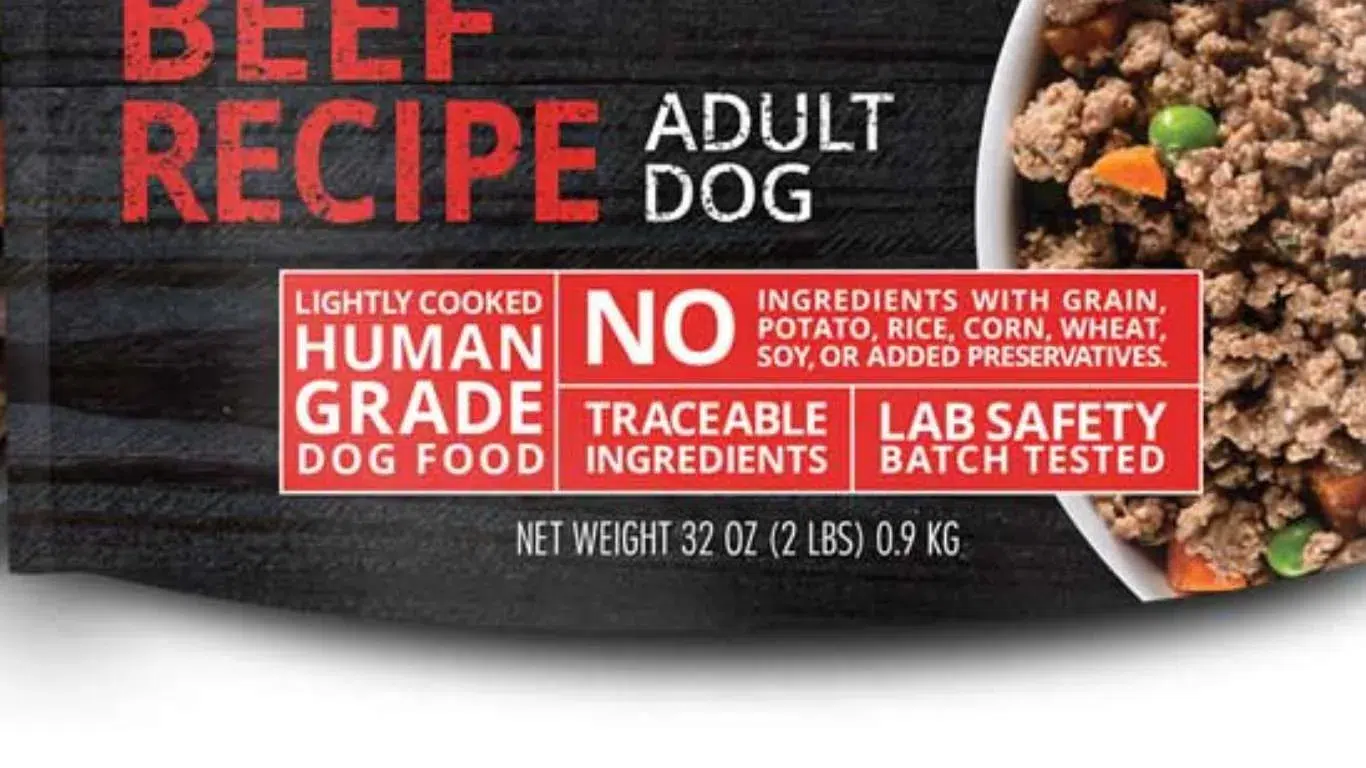
The Importance of “Human Grade” Labeling Transparency
“Human Grade” is more than just a marketing term—it reflects the commitment of pet food manufacturers to provide the highest quality products for our beloved companions. It demonstrates a dedication to using ingredients that are safe and nutritious, while also adhering to strict manufacturing practices that prioritize both pet and human health.
With the increasing demand for products with higher quality standards, some pet food brands have started using the “Human Grade” claim to differentiate themselves in the market. However, the accuracy of these claims can be unclear, with limited enforcement of pet food labeling laws.
To ensure accuracy and transparency in “Human Grade” labeling, it’s essential for pet owners to be proactive in their research. Look for brands that fully disclose their ingredient sources and manufacturing practices. Reliable brands will provide clear and detailed information about their commitment to meeting human food standards. This transparency allows pet owners to make informed decisions and select pet foods that truly prioritize their pet’s well-being.
When evaluating pet food labels, look for key information such as:
- List of ingredients that are explicitly labeled as “Human Grade”
- Information about the manufacturing facilities and their adherence to human food standards
- Indication that the entire product, not just select ingredients, meets “Human Grade” requirements
By carefully assessing these details, you can confidently choose pet foods that prioritize quality and safety, providing your beloved companion with the nutrition they deserve.
Table: Key Points to Consider When Evaluating “Human Grade” Pet Food Claims
| Key Considerations | Implications |
|---|---|
| Ingredients | Ensure all ingredients are human edible |
| Manufacturing Conditions | Verify that the facilities meet human food standards |
| Full Compliance | Confirm that the overall product meets “Human Grade” requirements |
Potential Misleading Claims and Consumer Awareness
There have been concerns about the accuracy of “Human Grade” claims on pet food labels. Regulatory authorities rarely enforce labeling laws, allowing companies to mislead pet owners with such claims. To protect themselves and their pets, consumers need to understand the laws surrounding “Human Grade” claims. If a pet food brand uses the term “Human Grade” on their label or website, it must meet the requirements of using 100% human edible ingredients, be manufactured in a licensed human food facility, and comply with all the legal guidelines. Pet owners are encouraged to ask pet food manufacturers about the origin of ingredients, the manufacturing facilities, and the adherence to human food standards.
Ensuring consumer awareness is crucial in combating misleading claims and promoting transparency in the pet food industry. By educating themselves about pet food labeling laws and understanding the criteria for a “Human Grade” claim, pet owners can make informed choices for their furry companions. Consumer advocacy groups and independent testing projects play a vital role in raising awareness and holding pet food brands accountable for their claims. It is important for pet owners to stay informed, ask questions, and advocate for stricter regulations to ensure accurate labeling and better overall pet food quality.
Unveiling the Truth About Cesar Dog Food Quality
An independent pet food testing project conducted an analysis of various pet food brands, including Cesar dog food, to assess their quality and safety. The findings of the study raised potential risks and concerns surrounding Cesar dog food and shed light on important considerations for pet owners.
The analysis revealed that Cesar Top Sirloin Beef and Grilled Chicken Variety Moist Dog Food contained BHA, a synthetic preservative that has been linked to health issues. This raises questions about the overall quality of ingredients used in Cesar dog food products and their potential impact on dogs’ well-being.
Furthermore, the study uncovered that Cesar and other widely-purchased pet food brands had high levels of mycotoxins, which are toxic substances produced by certain molds. Mycotoxins can pose health risks to dogs and are a cause for concern.
Moreover to mycotoxins, the analysis identified problematic nutrient concerns and bacterial contamination risks in some Cesar dog food varieties. This information suggests that there may be potential quality and safety issues associated with Cesar dog food.
These findings emphasize the importance of being cautious when selecting pet food brands and carefully evaluating their quality. As a pet owner, it is crucial to prioritize the well-being of your furry companion and make informed choices about their nutrition.
Comparison of Cesar Dog Food Quality
| Brand | Quality |
|---|---|
| Cesar | Concerns regarding BHA, mycotoxins, nutrient concerns, and bacterial contamination |
| Brand X | High-quality ingredients, no significant concerns |
| Brand Y | Minimal ingredient concerns, meets safety standards |
| Brand Z | No known issues, meets industry standards |
As shown in the comparison table, Cesar dog food raises concerns regarding its quality and safety, particularly when compared to other brands. This highlights the need for further investigation and careful consideration when making choices about your pet’s diet.
Remember, ensuring the quality of your dog’s food is essential for their overall health and well-being. Stay informed about the ingredients and potential risks associated with different pet food brands, including Cesar, to provide your furry friend with the best possible nutrition and care.
Ingredients to Avoid in Dog Food
When it comes to choosing the right dog food for your furry friend, it’s important to be aware of risky ingredients that may pose potential health risks. By avoiding these ingredients, you can help ensure your dog’s well-being. Here are some ingredients to steer clear of:
- Garlic: Garlic, although enjoyed by humans, can cause Heinz body anaemia in dogs. It’s best to avoid feeding your dog any food containing garlic.
- Corn and Corn Gluten: These ingredients are often used as fillers in dog food. However, they can be difficult for dogs to digest and may contribute to allergies. Opt for dog foods that are corn-free.
- Artificial Flavors: Artificial flavors are often added to enhance the taste of dog food. However, they provide little nutritional value and may contain additives that can adversely affect your dog’s health. Look for dog foods that use natural flavors instead.
- Menadione: Also known as Vitamin K3, menadione is a controversial organic compound that has been linked to potential health risks in dogs. It’s best to choose dog foods that don’t include menadione in their ingredient list.
- Fish Meal and Fish By-Product Meal: Although fish can be a great source of protein for dogs, fish meal and fish by-product meal can be problematic. Fish oils in dry dog food can turn rancid, potentially causing digestive issues for your dog. Consider selecting dog foods that focus on fresh fish ingredients instead.
- BHA and BHT: Synthetic antioxidants like BHA (butylated hydroxyanisole) and BHT (butylated hydroxytoluene) are commonly used as preservatives in dog food. However, they have raised concerns due to potential health risks. Opt for dog foods that utilize natural preservatives instead.
- Corn Syrup: Corn syrup is a sweetener that can be found in some dog foods. However, it provides little nutritional value and can contribute to weight gain and dental issues in dogs. Choose dog foods that don’t contain corn syrup.
By avoiding these ingredients, you can make more informed choices about the dog food you feed your furry friend, prioritizing their health and well-being.
Example Table:
| Ingredients to Avoid | Potential Risks |
|---|---|
| Garlic | Can cause Heinz body anaemia |
| Corn and Corn Gluten | Difficult to digest, potential allergens |
| Artificial Flavors | Low nutritional value, potential additives |
| Menadione | Controversial compound, potential health risks |
| Fish Meal and Fish By-Product Meal | Rancid oils, digestive issues |
| BHA and BHT | Potential health risks |
| Corn Syrup | Weight gain, dental issues |
Problematic Dog Food Brands to Avoid
When it comes to dog food, not all brands are created equal. Several brands have come under scrutiny for their ingredients and potential health risks. It’s important for pet owners to be aware of these problematic dog food brands and make informed decisions about which brands to avoid.
Recalled Brands and Health Concerns
Some well-known dog food brands, such as Ol’ Roy, Alpo, Kibbles n’ Bits, Purina Beneful, and Pedigree, have faced recalls and raised concerns among pet owners. These brands have been found to contain ingredients that may pose risks to dogs.
“Ol’ Roy has been recalled for containing the euthanasia drug pentobarbital, while Beneful contains propylene glycol, which has been linked to health issues.”
These recalls and health concerns highlight the importance of carefully examining the ingredients in dog food before making a purchase. Your furry friend’s health should be your top priority, and avoiding these problematic brands can help ensure their well-being.
The Case of Cesar Dog Food
One brand that has generated concern is Cesar dog food. While Cesar offers a wide range of products, both dry and wet varieties have raised eyebrows due to their ingredients. Cesar dog food contains BHA, a synthetic preservative that has been linked to health issues, as well as potentially oxidized or rancid oils.
It’s crucial for pet owners to be cautious when selecting dog food and to keep an eye out for potential risks. By staying informed about problematic brands and understanding the ingredients in dog food, you can make a more informed decision for your furry companion.
| Problematic Dog Food Brand | Ingredient(s) of Concern | Health Risks |
|---|---|---|
| Ol’ Roy | Pentobarbital | Potential toxicity |
| Alpo | N/A | N/A |
| Kibbles n’ Bits | N/A | N/A |
| Purina Beneful | Propylene glycol | Linked to health issues |
| Pedigree | N/A | N/A |
| Cesar | BHA, potentially oxidized or rancid oils | Linked to health issues |
By being aware of problematic dog food brands and the potential risks associated with certain ingredients, you can make a more informed choice for your beloved pet’s nutrition. Your dog’s health and well-being are worth the extra effort to ensure they receive a high-quality and safe diet.
Consumer Action and Advocacy
The findings of the pet food testing project and concerns about misleading labeling have led to increased consumer awareness and action. Associations like the Association for Truth in Pet Food, led by advocate Susan Thixton, are working tirelessly to protect you as a pet owner and advocate for better pet food regulations.
If you believe that a pet food company is not meeting regulatory requirements or are concerned about the quality and safety of pet food, it’s important to take action. You can start by contacting your legislative representatives to voice your concerns and demand stricter regulations in the pet food industry. By doing so, you’re playing an active role in protecting the health and well-being of your beloved pets.
Additionally, engaging with advocacy groups like the Association for Truth in Pet Food can provide you with valuable information and resources to navigate the complex landscape of pet food choices. By joining forces with other pet owners and advocates, you can collectively work towards raising awareness and ensuring that pet food brands are held accountable.
Remember, your voice as a consumer is powerful. By taking action and advocating for better regulations and transparency in the pet food industry, you’re not only helping your own pets, but also contributing to the overall improvement of the quality and safety of pet food for all animals.
Association for Truth in Pet Food
| Website | Contact | Phone | |
|---|---|---|---|
| www.truthaboutpetfood.com | Susan Thixton | +1-555-1234 | info@truthaboutpetfood.com |
The Importance of Reading Ingredient Labels
Understanding dog food ingredients and reading ingredient labels is crucial in making informed choices for your pet’s nutrition. By familiarizing yourself with risky or controversial ingredients, you can avoid potentially harmful dog food options. Look for high-quality ingredients, avoid fillers, and prioritize natural and nutritious options. While ingredient labels may seem daunting at first, taking the time to educate yourself can help you provide your dog with the best possible diet.
When it comes to your furry friend’s well-being, it’s essential to pay attention to what goes into their food. Dog food labels provide valuable information about the ingredients, nutritional content, and potential allergens. Taking the time to read and understand these labels enables you to make informed decisions based on your dog’s specific needs and dietary restrictions.
“Reading and understanding dog food labels is like unlocking the key to your dog’s health. It allows you to avoid harmful ingredients and prioritize their overall well-being.”
– Dr. Jessica Miller, DVM
Ingredient labels can provide insights into the quality of a dog food brand. Ideally, you should look for high-quality ingredients such as real meat, whole grains, and natural additives. Avoid products that contain fillers, by-products, artificial colors, and preservatives. These lower-quality ingredients may have negative effects on your dog’s health and can contribute to issues like allergies, obesity, and digestive problems.
Here are some important factors to consider when reading dog food labels:
- Ingredient List: The ingredient list should be clear and transparent, listing specific ingredients rather than generic terms like “meat” or “by-products.” Look for whole food ingredients that you recognize and understand.
- Protein Source: Check for a high-quality protein source as the main ingredient, such as chicken, beef, or fish. Avoid products listing generic sources like “meat meal” or “poultry by-products.”
- Avoid Allergens: If your dog has known allergies or sensitivities, carefully review the ingredient list to ensure it does not contain any potential allergens like wheat, soy, or artificial additives.
- Nutritional Content: Evaluate the guaranteed analysis and nutrient levels to ensure the food meets your dog’s specific requirements. Consider factors like proteins, fats, carbohydrates, vitamins, and minerals.
By paying attention to ingredient labels and understanding dog food ingredients, you can make informed decisions that support your dog’s overall health and well-being. Taking the time to choose high-quality, nutritious options will contribute to their longevity, vitality, and happiness.
Key Takeaways:
- Reading ingredient labels is essential for making informed decisions about your dog’s nutrition.
- Look for high-quality ingredients, avoid fillers, and prioritize natural and nutritious options.
- Avoid products with allergens that may trigger sensitivities or allergies in your dog.
- Check for a high-quality protein source as the main ingredient.
- Ensure the nutritional content meets your dog’s specific dietary needs.
Make reading dog food labels a habit, and you’ll be equipped to provide your beloved pet with a high-quality diet that promotes their overall health and well-being.
Join the Pet Planet Diaries
Sign up for our newsletter to get the latest tips, stories, and exclusive insights into the wonderful world of pets.
Final Remarks
In brief, there are valid concerns and questions surrounding the quality and safety of Cesar dog food, particularly regarding the “Human Grade” claim on their label. Independent pet food testing projects and consumer advocacy groups have brought attention to potential risks and misleading labeling practices within the pet food industry as a whole.
As a responsible pet owner, it is crucial to stay informed about the ingredients to avoid, problematic dog food brands, and the significance of reading ingredient labels. By taking an active role in your pet’s nutritional choices and advocating for better regulations, you can ensure that your beloved canine companion receives the highest quality nutrition possible.
Remember to prioritize your dog’s health and well-being by avoiding ingredients such as BHA and controversial fillers, as well as staying vigilant about the overall quality of the dog food you choose. By making informed decisions, you can contribute to the ongoing efforts to improve pet food safety standards and provide your furry friend with the nourishment they deserve.
FAQ
Is Cesar dog food good for dogs?
The quality and safety of Cesar dog food have been questioned due to concerns about misleading claims and potential health risks associated with certain ingredients. It is important for pet owners to research and evaluate the ingredients and manufacturing standards of Cesar dog food before deciding if it is suitable for their dogs.
What does it mean for a pet food to be “Human Grade”?
The term “Human Grade” refers to pet food that meets specific regulations, meaning all ingredients are human edible and the manufacturing conditions meet human food standards. However, it is important to note that further investigation is required to determine if Cesar dog food fulfills the requirements to make the “Human Grade” claim.
Are there concerns about misleading claims on pet food labels?
Yes, there have been concerns about misleading claims on pet food labels, including the “Human Grade” claim. Regulatory authorities rarely enforce labeling laws, allowing companies to mislead pet owners with such claims. It is important for consumers to be aware of the laws surrounding these claims and to ask pet food manufacturers about their ingredients and manufacturing practices.
Are there any specific concerns about Cesar dog food?
Independent pet food testing projects have highlighted potential risks and concerns with Cesar dog food, including the presence of synthetic preservatives and problematic ingredient levels. The quality and safety of Cesar dog food have been called into question, and pet owners are advised to be cautious in selecting dog food brands.
What ingredients should pet owners avoid in dog food?
Pet owners should avoid ingredients such as garlic, corn, corn gluten, artificial flavors, menadione, fish meal, fish by-product meal, BHA, BHT, and corn syrup due to potential health risks and concerns. These ingredients can be difficult for dogs to digest or have been linked to health issues.
Are there other problematic dog food brands to avoid?
Yes, other problematic dog food brands that have faced recalls or contain potentially risky ingredients include Ol’ Roy, Alpo, Kibbles n’ Bits, Purina Beneful, and Pedigree. These brands have raised concerns among pet owners regarding the safety and quality of their products.
What can pet owners do to take action against problematic pet food brands?
Pet owners can be proactive by engaging with consumer advocacy groups, reporting pet food companies that do not meet regulatory requirements, and contacting legislative representatives to voice their concerns. By taking action, pet owners can contribute to the improvement of pet food regulations and the overall safety of pet food.
How important is it to read ingredient labels on dog food?
Reading ingredient labels on dog food is crucial in making informed choices for your pet’s nutrition. By understanding and familiarizing yourself with ingredients to avoid and prioritizing high-quality, natural options, you can provide your dog with the best possible diet.
With a passion for canine companionship and a wealth of experience spanning 15 years, Dan Schroeder stands as a distinguished authority in the realm of dog health, training, and beyond.
From an early age, Dan found solace and joy in the company of four-legged friends, sparking a lifelong dedication to understanding and enhancing the lives of dogs. His journey into the world of canine expertise began over a decade and a half ago, marked by a relentless pursuit of knowledge in the fields of dog health, behavior, and training.
